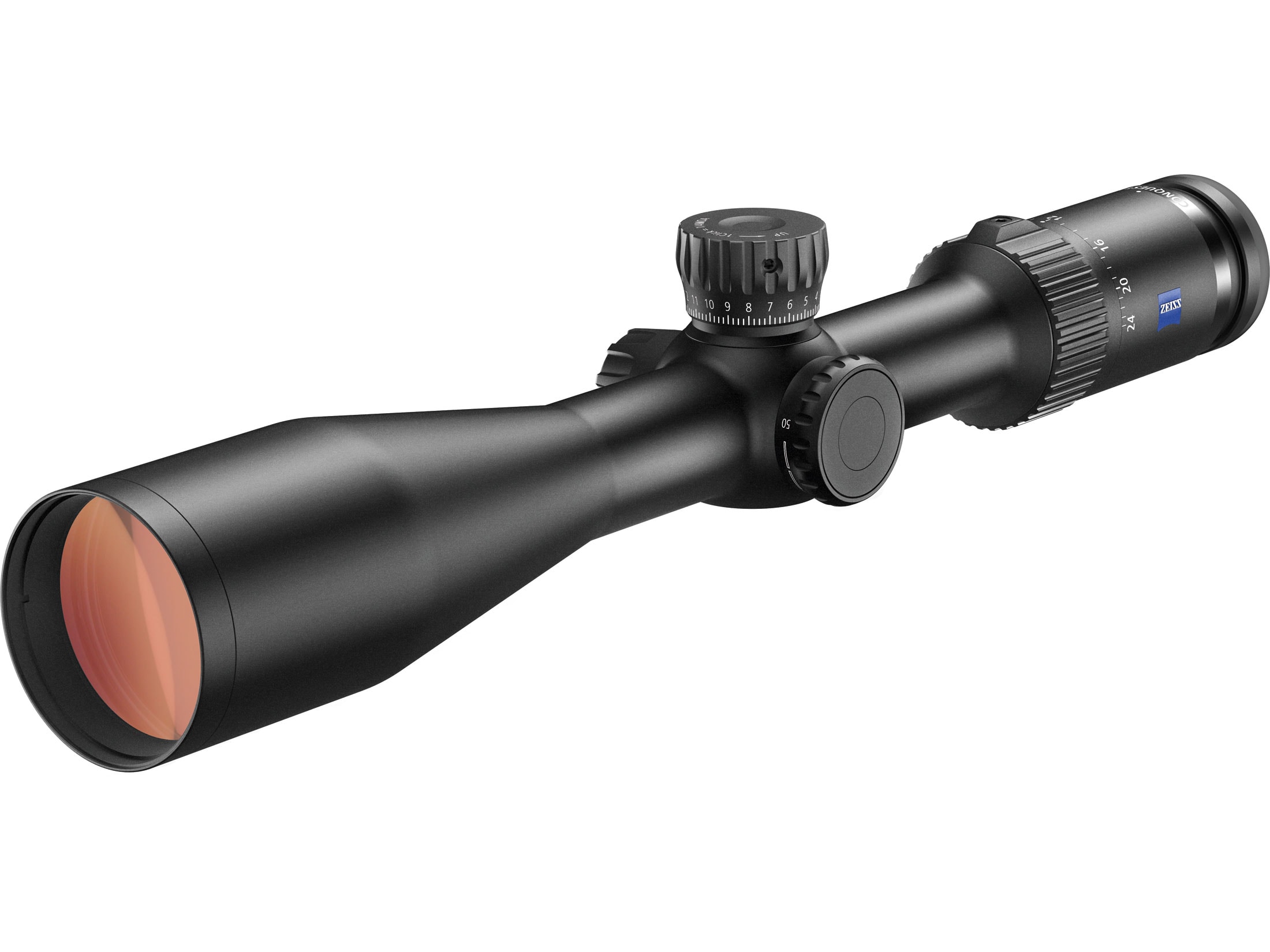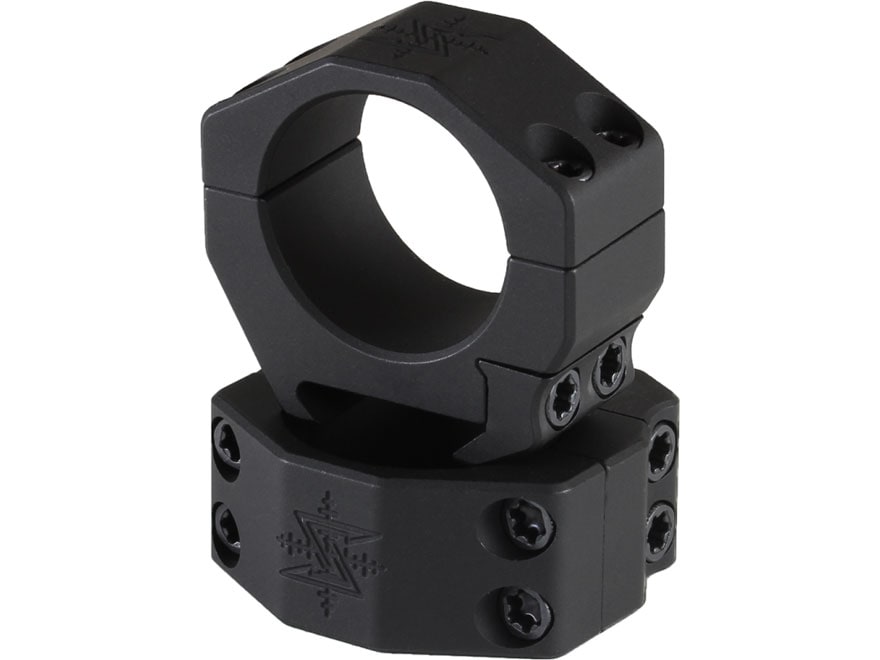I'm kind of new to optics, I've shot metallic sights most of my life. A little help would be appreciated.
Rifle is a Ruger American Predator .308, 18” barrel.
Currently using a Primary Arms 4-16 x 44 SFP with illuminated MOA reticle.
I’d like a little more magnification for being able to see antlers better. I'd like to not confuse a young buck for a doe at distance, so being able to see small buttons/spikes on a deer is what I'm trying to do.
Here's what I think is important, but if any of you see fit to steer me in a different direction, I'm all ears:
Are there any suggestions for maybe a budget, a mid-range, and an upper-end scope that would fit these needs, and I can do a little looking around?
Rifle is a Ruger American Predator .308, 18” barrel.
Currently using a Primary Arms 4-16 x 44 SFP with illuminated MOA reticle.
I’d like a little more magnification for being able to see antlers better. I'd like to not confuse a young buck for a doe at distance, so being able to see small buttons/spikes on a deer is what I'm trying to do.
Here's what I think is important, but if any of you see fit to steer me in a different direction, I'm all ears:
- Hunting will be the main use, occasional paper punching also, mostly just checking handload performance at 100-400 yds, but I might decide to stretch it out further at steel targets occasionally.
- Magnification that will be sufficient for what I described earlier about seeing spikes/buttons as well as possible.
- A forgiving eye box/eye relief to deal with small changes in length of pull/cheek weld that occur with thick/thin clothing or not-so-ideal shooting positions.
- I don't think MOA vs Mil will be a big deal for my uses, but I think I'd prefer to not mix units for turrets and reticles. I'm used to dealing with MOA, but I can also math, and I think all the cool kids use Mils.
- I don't know about FFP vs SFP. I've only ever shot with SFP scopes, but FFP and being able to range targets with the reticle does interest me quite a bit.
- I have no idea about what style reticle exactly, but I would think something that is not super busy would be better.
- Low-light conditions will obviously be a major thing, so light transmission is pretty important, and at least partial illumination would be nice at dusk/early morning.
- I don't know about tube diameter and objective diameter. Will it be a boat anchor if I go 34mm/50-56ish mm? Would that help with light transmission?
- Lastly, I need something that is not going to lose zero if a turret gets bumped, so some sort of locking function will be needed. I think that's pretty much standard these days, but I'm not sure.
Are there any suggestions for maybe a budget, a mid-range, and an upper-end scope that would fit these needs, and I can do a little looking around?






